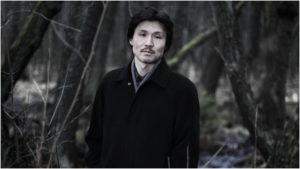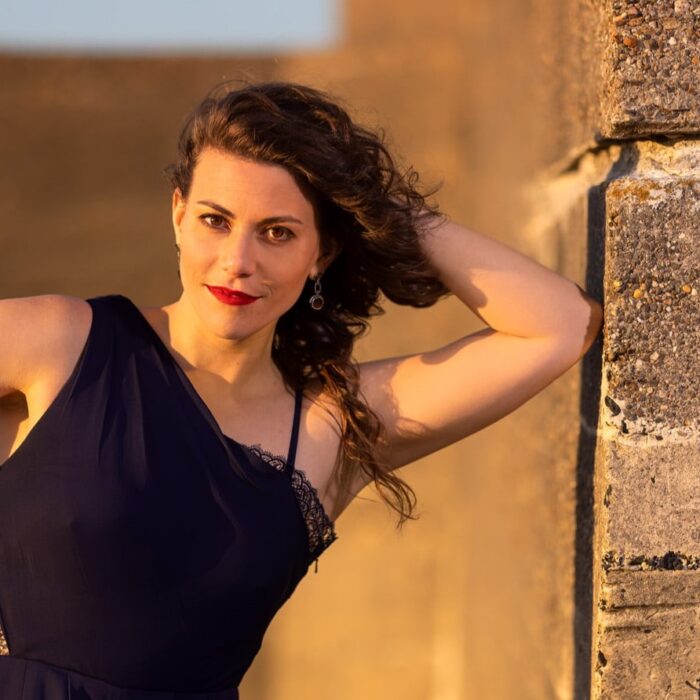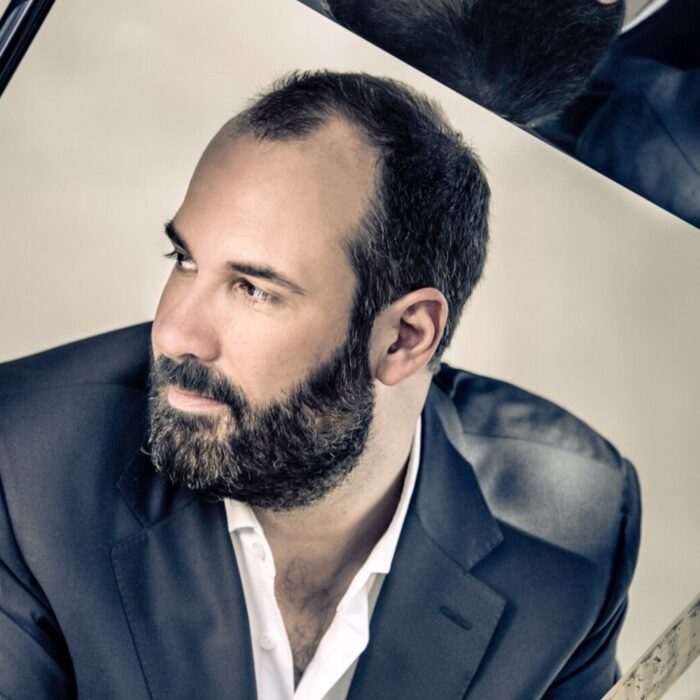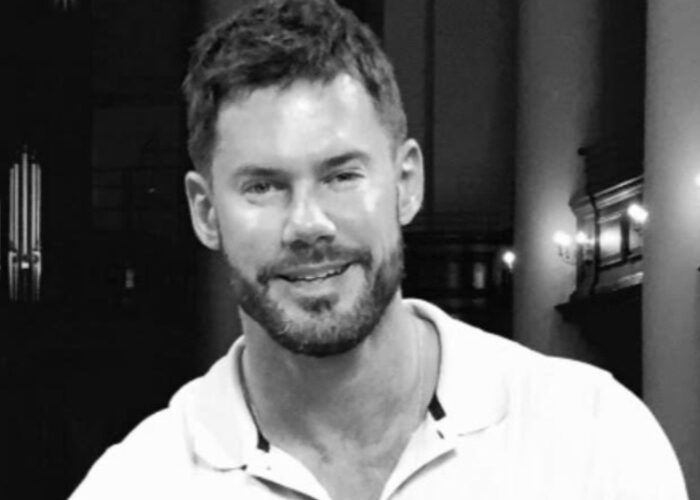
Q & A: Japanese Composer Moto Osada On His First Opera ‘Four Nights of Dream’ Before Its North American & Japanese Premiere
By David SalazarFor any composer, the first opera is always a tall order and this was no different for Japanese composer Moto Osada.
His first operatic work, “Four Nights of Dream,” was the latest in a number of major successes for a creator who has excelled in a wide range of genres, including film composition, television, dance, theater, and chamber music among others. After the tremendous success of “Four Nights of Dream,” he received a commission for his second opera “Son of Heaven.”
Now “Four Nights of Dream,” based on “Ten Nights of Dream” by Natsume Soseki, is making its North American premiere this September at the Japan Society before heading to Tokyo for its first appearance in Osada’s native country. OperaWire had a chance to speak with the composer about the process of creating this work back in 2008 and how he views it nearly a decade later.
OperaWire: Let’s take a walk down memory lane and go back to when you first became involved with this project. How did it come about?
Moto Osada: In the summer of 2002, my then-girlfriend, a cellist, was playing in an opera festival presented by Vadstena-Akademien, a Swedish opera company who commissioned “Four Nights.” I had already written a 4-page proposal of the opera, so she told the artistic director about it. After faxing the proposal to him, I was told that he was interested, so I immediately flew to Sweden to meet him and do a little presentation, playing him my music and talking about my ideas about “Four Nights.” Eventually, he decided to take a risk with me, a composer who had never written a full-length opera, and officially commissioned the work.
Six years later, in the summer of 2008 when the opera was premiered in Vadstena, Sweden, Ms. Yoko Shioya, Artistic Director of Japan Society in New York, came to see the last two performances. We immediately started to talk about bringing the opera to New York, and almost ten years later, here we are!
OW: Did you turn to other operas or composers for inspiration while working on this piece? Who?
MO: I looked at a lot of operas, especially Britten’s chamber operas because “Four Nights” has a similar instrumentation. Then, of course, I studied the music of the usual suspects: Bach, Mozart, Verdi, Wagner, Puccini, Ravel, Debussy, Takemitsu, Ligeti, etc. There are some influences from outside Western classical music as well, especially the music of the Noh Theater as well as the music of local festivals in Japan. And some Led Zeppelin and the Beatles.
OW: What were the challenges of composing this particular opera and how did you overcome them?
MO: Because of the poetic nature of the stories – there isn’t much happening dramatically – I had to make sure that the music would drive the momentum and of course maintain the interest of the audience, although every opera has to meet this challenge. Scene 2 was somewhat easier to compose because it has most characters and at least there are some events happening on stage. The interaction between the characters and the events on stage naturally provide inspiration for music, but that was not the case with the other scenes. Generally speaking, I dealt with this challenge by mapping out each scene with sections having stand-alone numbers (arias) and sections that would be more like instrumental music in which the voices would play prominent roles. Of course, this is not a new approach and I studied the operas of Benjamin Britten a great deal.
OW: What did you learn from this experience?
MO: “Four Nights of Dream” was my first full-length opera, so I learned a lot from the experience of writing it and also having it produced and presented. Perhaps the biggest lesson I learned was this: Before writing this work, I was mostly concerned with my role as a composer and with the musical aspect of opera, but by working with the director, set designer, costume designer, choreographer, etc., I truly began to see the bigger picture of opera production as a whole.
OW: Tell me a bit about the musical style associated with this work? How do you determine how you want to approach a particular opera?
MO: I usually try to let the subject matter or the story itself guide my decisions. If I happen to have any particular musical obsession, it might influence the direction I take as well. In the case of “Four Nights,” I felt that these fantastical stories had a folkloric or allegorical nature, so I wanted to write music that maintains the simplicity, naïveté, and primitiveness of folk music while being aware of its place as a modern/contemporary operatic work in the context of Western classical music history.
OW: The opera takes its cues from Soseki’s literature. When did you first come into contact with Soseki’s literature and what makes it so important in your view?
MO: Japanese children usually encounter Soseki’s literature early because his works are used in Japanese classes at school. He is regarded as one of the most important authors in post-Meiji Restoration Japan. On the most basic level, Soseki was such a skilled writer and his works are just a joy to read. His language is really beautiful, especially in his later works. Whether you like his subject matters or not, I think everybody who reads and writes in Japanese should read at least one or two works by him in my opinion. His earlier works are very entertaining, full of sense of humor and fantastical and poetic imagery. I am also very much drawn to his later works in which he started to deal with darker and heavier subjects such as conflict between an individual and the society surrounding them, tragedy of humans brought on by having consciousness, or anxiety or uneasiness about one’s existence.
OW: Have you made any edits since the world premiere almost 10 years ago? In what direction and why?
MO: When excerpts from the opera were showcased in a concert format at New York City Opera’s VOX in 2012, I revised the orchestration of some sections. For this production, I went through the entire opera and further revised the orchestration of the sections that I thought could improve without making major changes. I also fixed some phrases in the voice parts that seemed to be a little problematic for the singers. Basically, I did not want to rewrite the work but rather wanted to “clean it up” a little bit.
OW: What do you hope audiences take away from this experience?
MO: The stories in the opera may be a little too cryptic or abstract for some people. But if you try to understand the symbolism and the meaning of each story, you can think about a lot of things. I don’t know how many times I’ve read Soseki’s “Ten Nights of Dream (the work this opera is based upon)” since my first encounter with it 32 years ago, but it’s such a profound work that to this day I still discover something new in it. In a nutshell, this opera is about the world of shadow, a world somewhere in the depths of our subconscious that is not immediately available to us. There lurks something that we fear deeply and also something extremely beautiful, an ideal world that humanity will strive for eternally. My hope is that this work will somehow stimulate the minds of audiences and trigger them to pause the routine of everyday life to think about something in their consciousness that they never realized existed before.
OW: Do you have any other opera projects coming up?
MO: In 2015, I collaborated with librettist Kerstin Perski for my second full-length opera “Son of Heaven,” also premiered in Sweden. We are planning to revise the opera and also trying to present it in other countries, but there is no concrete plan yet.


